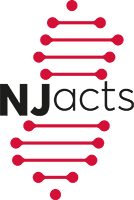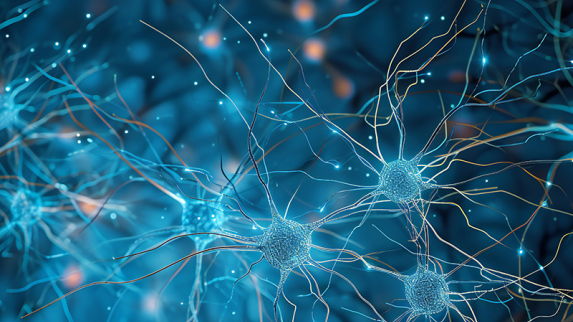Each year, according to the National Institutes of Health (NIH), millions of people in the U.S. are affected by spinal cord and traumatic brain Injuries, along with neuro-developmental and -degenerative diseases such as ADHD, autism, cerebral palsy, Alzheimer’s disease, multiple sclerosis, epilepsy and Parkinson’s disease. Assistant Professor Pabitra Sahoo, of Rutgers University–Newark’s Department of Biological Sciences, has made it his life’s work to understand how our neurological system becomes damaged by these injuries and conditions, and when and how neurons in our central and peripheral nervous systems regenerate and heal.
Recently, Sahoo and his RU-N research team made a breakthrough, using a peptide (or small protein fragment) to help nerve cells in both the peripheral and central nervous systems regenerate. They published their findings in The Proceedings of the National Academy of Sciences (PNAS), one of the world’s most-cited and comprehensive multidisciplinary scientific journals. “We’re very excited about these latest results, which may be instrumental to the field, especially relating to central nervous system trauma,” said Sahoo. To read the full story.

